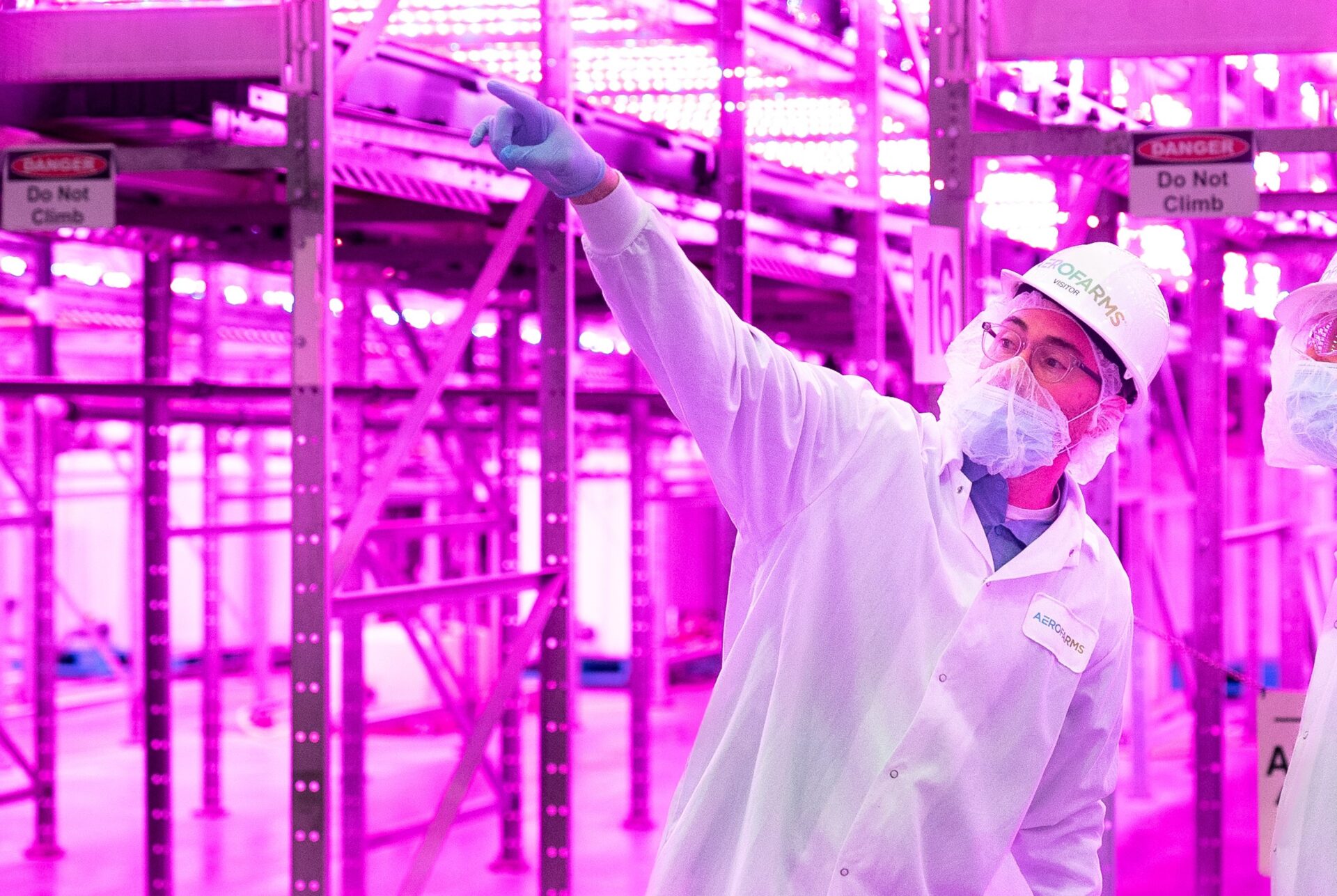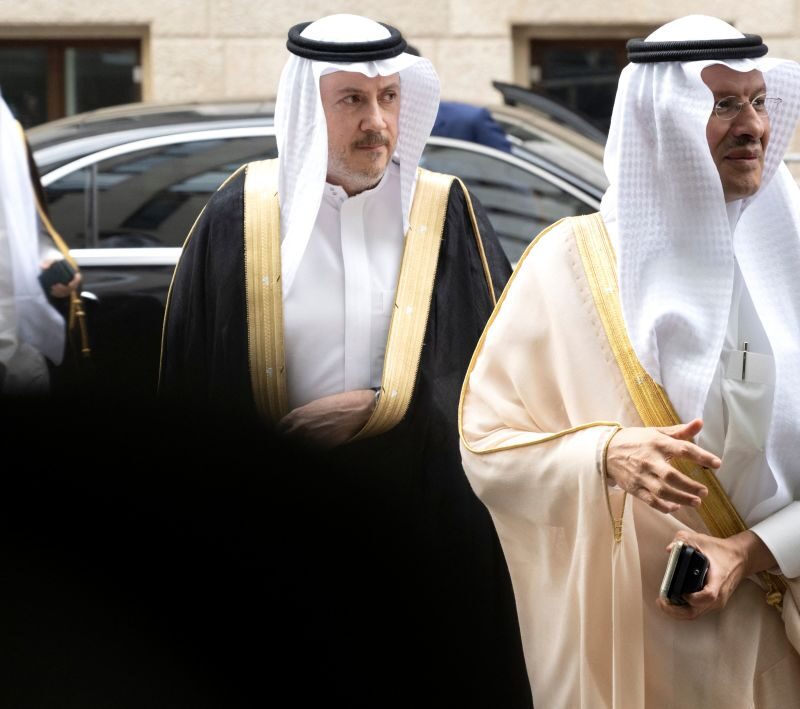
AEROFARMS
Vertical farming rises to new heights in the UAE and Saudi Arabia
AeroFarms opens world’s largest R&D vertical farm in Abu Dhabi, seeking to address mounting food security challenges in the Middle East and other arid regions
From Newark, N.J., to Saudi Arabia, David Rosenberg preaches a gospel that contends bountiful, nutritious produce can be grown without soil and sunshine.Instead, the agricultural entrepreneur builds sprawling vertical farms where kale, arugula and baby lettuce are bathed in...



